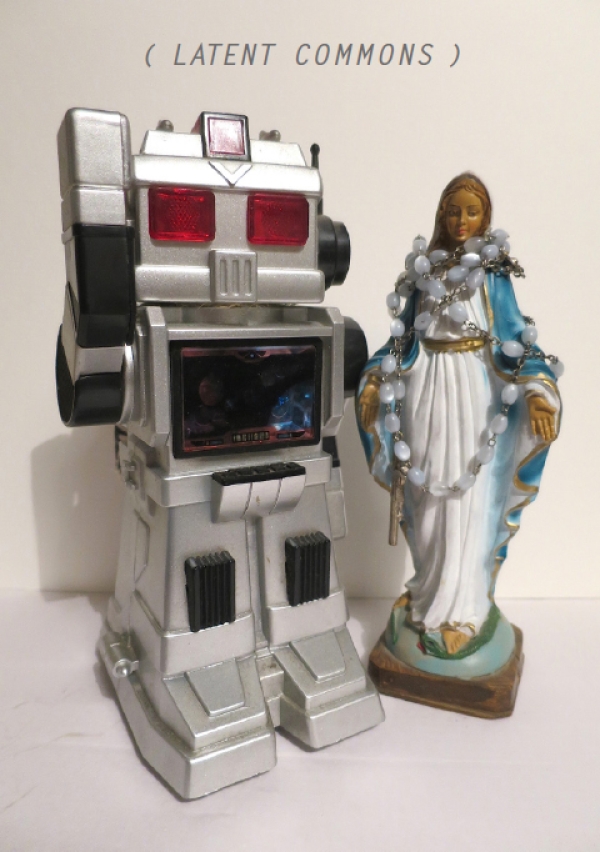Latent commons are hidden, fugitive moments of entanglement between living beings in a complex world. These
commons may not be directly visible, as they structure themselves and develop in interaction, cooperation, competition and
desires between different beings and environments.
Anna L. Tsing writes about latent commons
in the context of her book“The mushroom at the end of the world”, which puts into question how life in capitalist ruins would
come to be. Her study explores ruined industrial landscapes and precarious livelihoods, where a special kind of mushroom grows
that is of highest value for some, while others can not appreciate its special taste. This serves as the setup for a variety
of global processes, leading to a landscape full of mutual influences — uncovering affinity and otherness on the way.
« Latent commons are not exclusive human enclaves.
Latent commons cannot redeem us.
Latent commons don’t institutionalize
well.
Latent commons are not good for everyone. »
These constellations, quoted from her book, serve as a guide
through the vibrations of the city of Belgrade, where the international artists look to uncover hidden commons in their respective
fields and surroundings.
Art &
Science



